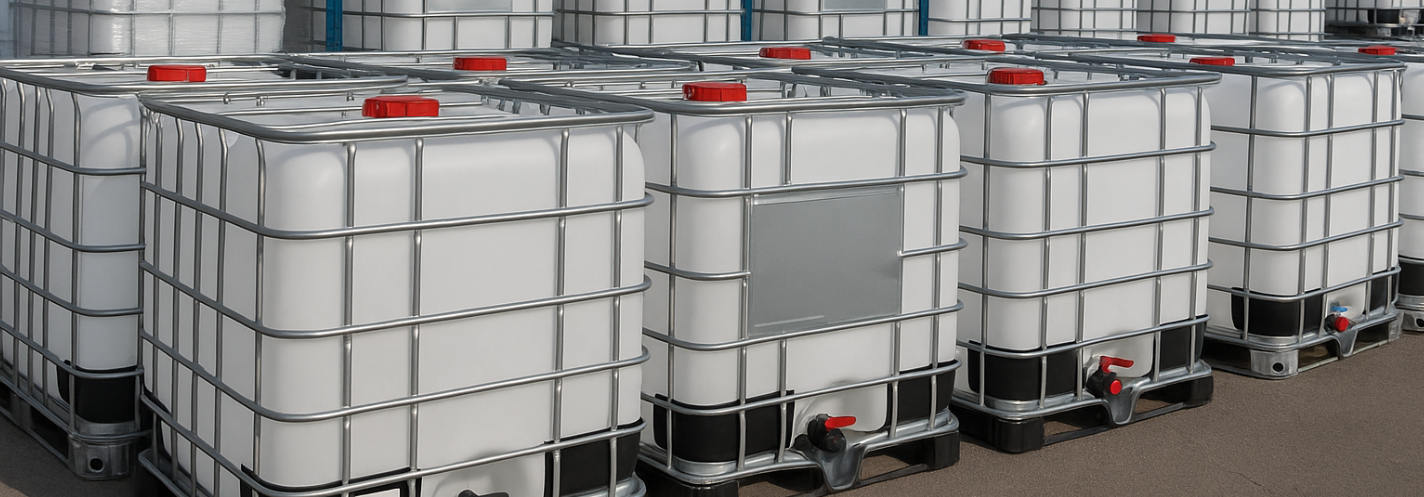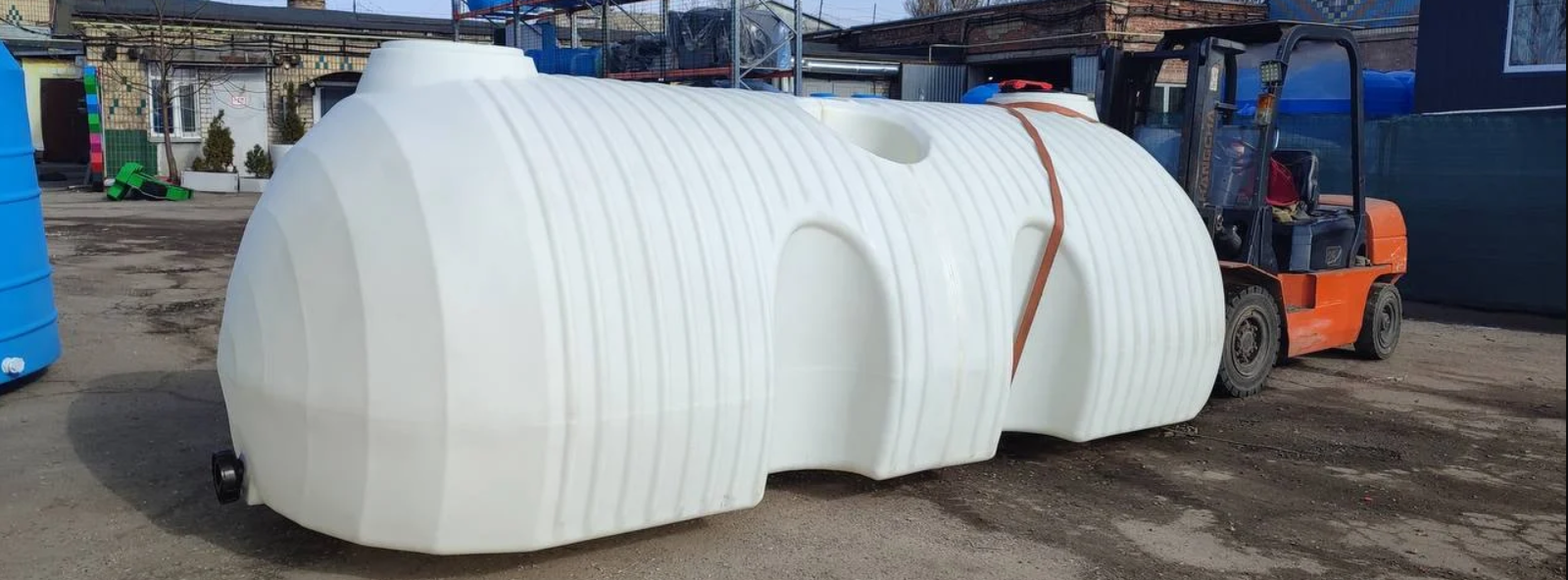How to store KAS

Liquid nitrogen fertilizer KAS (urea-ammonia mixture), obtained by mixing urea and ammonium nitrate solutions using a special technology and a well-thought-out proportion, is deservedly popular with both large agricultural enterprises and small farmers. In the modern agro-industrial sector, KAS occupies a leading position due to its balanced composition, high nitrogen concentration (28-32%) and versatility of application. It is effectively suitable for feeding most agricultural crops and is widely used in both intensive and traditional farming systems. However, in order to obtain the maximum agronomic return from the use of this liquid fertilizer, it is necessary that the transportation and storage of KAS be carried out in full compliance with certain rules.
Composition, properties and application of urea-ammonia mixture
KAS is a transparent or slightly yellowish liquid that includes three forms of nitrogen: nitrate, ammonium and amide. This composition provides not only a fast, but also a prolonged effect, allowing plants to effectively absorb nutrients throughout the entire growing season.
Main chemical composition:
- Urea (carbamide) – 35-45%.
- Ammonium nitrate – 55-65%.
- Water – 20-30%.
Physicochemical properties of KAS:
- High nitrogen concentration – up to 32%.
- Non-flammable and non-explosive.
- Freezing point – up to -26 °C.
- Mix well with water.
- Compatible with most plant protection products and microelements.
Scope of application: KAS is applied both during pre-sowing soil preparation and during the period of active crop growth. It is especially effective in feeding winter and spring grains, corn, sunflower, industrial and oilseed crops. Application is carried out using sprayers, drip irrigation units, or specialized soil equipment. The optimal application time is the beginning of the growing season and the phase of active plant growth.
The need for short-term and long-term storage of KAS
Not in all cases can agricultural enterprises use the fertilizer immediately after receiving it. KAS is often purchased in advance, in the off-season, or at times when there is a favorable price situation. This determines the need to organize both short-term and long-term storage. Reasons:
- Guarantee of fertilizer availability during active field work.
- Reduction of costs due to purchase at minimum prices.
- Ensuring an uninterrupted production process.
High-quality storage of KAS is protection against crystallization, leaks, changes in physical and chemical properties and damage to equipment.
Storage conditions for KAS
Efficient storage of KAS requires compliance with a set of conditions aimed at preventing losses and deterioration of the fertilizer characteristics:
- Temperature conditions – from -20 °C to +30 °C without sudden changes.
- Minimization of exposure to direct sunlight (shaded or closed placement is recommended).
- Stable humidity level without condensation inside the containers.
- Use of sealed containers with materials resistant to aggressive environments.
- Inadmissibility of contact with rusty or open metal surfaces.
If the technical conditions specified above are not met in the KAS tank, then with a high probability the structure of the fertilizer will begin to change, which will complicate its use and reduce its efficiency.
Containers and tanks for storing KAS
For safe and long-term storage of KAS, special tanks are used, made of materials resistant to chemically active environments:
- Carbon and stainless steel with anti-corrosion coating.
- Reinforced fiberglass.
- High-density polyethylene (HDPE).
- Polypropylene.
Modern solutions from KRAFT: how to store KAS
KRAFT offers reliable and time-tested containers specially designed for storing aggressive liquids such as KAS. The materials used are resistant to corrosion, ultraviolet radiation and temperature changes. All products undergo strict quality control and comply with international and domestic standards. The company’s products are adapted to the climatic conditions of not only Ukraine, but also neighboring and distant foreign countries.
Advantages of KRAFT plastic containers: assortment, equipment and production technologies
KRAFT plastic tanks provide optimal storage conditions for KAS fertilizer and have a number of significant advantages:
- Complete chemical inertness to the contents.
- Resistance to ultraviolet radiation.
- Temperature endurance from -30 ° C to +40 ° C.
- Light weight, easy transportation and quick installation.
- Increased structural strength.
- Service life of up to 20 years or more without loss of performance characteristics.
KRAFT uses modern technologies of rotational molding and extrusion welding, which ensures the monolithic nature of the products and the complete absence of seams prone to leaks. Production processes are automated and certified according to international quality systems.
The following range of products is offered for storage of KAS fertilizer:
- Vertical and horizontal tanks with a capacity of 750 l to 30 cubic meters.
- Mobile models on trailers for transportation and pumping of KAS.
The company offers an individual selection of tanks, depending on the storage volumes and production needs of the farm, and also delivers equipment to the site.
Conclusion
KAS is a powerful tool for increasing crop yields, provided that it is stored and used correctly. The use of modern plastic tanks from KRAFT ensures complete safety of the fertilizer, helps to increase the efficiency of agricultural production and reduce operating costs. A well-organized storage system is the key to stable harvests and financial stability of an agricultural enterprise.
It will also be interesting
Do you need a consultation?

Sales Manager
Alexandra
Fill out the form and we will be in touch to answer your questions






